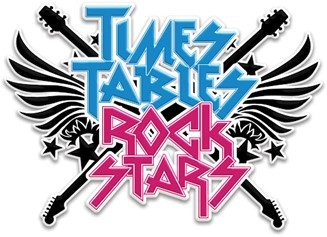Concrete, Pictorial, Abstract (CPA)
Concrete, Pictorial, Abstract (CPA) is a highly effective approach to teaching that develops a deep and sustainable understanding of maths in pupils. Often referred to as the concrete, representational, abstract framework, CPA was developed by American psychologist Jerome Bruner. It is an essential technique within the Singapore method of teaching maths for mastery.
- Concrete – students should have the opportunity to use concrete objects and manipulatives to help them understand what they are doing.
- Pictorial – students should then build on this concrete approach by using pictorial representations. These representations can then be used to reason and solve problems.
- Abstract – with the foundations firmly laid, students should be able to move to an abstract approach using numbers and key concepts with confidence.
Concrete
Concrete is the “doing” stage.
During this stage, students use concrete objects to model problems. This brings concepts to life by allowing children to experience and handle physical (concrete) objects. With the CPA framework, every abstract concept is first introduced using physical, interactive concrete materials. For example, if a problem involves adding pieces of fruit, children can first handle actual fruit. From there, they can progress to handling abstract counters or cubes which represent the fruit.
Pictorial
Pictorial is the “seeing” stage. Here, visual representations of concrete objects are used to model problems.
This stage encourages children to make a mental connection between the physical object they just handled and the abstract pictures, diagrams or models that represent the objects from the problem. Building or drawing a model makes it easier for children to grasp difficult abstract concepts (for example, fractions). Simply put, it helps students visualise abstract problems and make them more accessible. Bar modelling is an essential maths mastery pictorial strategy. A Singapore-style of maths model, bar modelling allows pupils to draw and visualize mathematical concepts to solve problems
Abstract
Abstract is the “symbolic” stage, where children use abstract symbols to model problems.
Students will not progress to this stage until they have demonstrated that they have a solid understanding of the concrete and pictorial stages of the problem. The abstract stage involves the teacher introducing abstract concepts (for example, mathematical symbols). Children are introduced to the concept at a symbolic level, using only numbers, notation, and mathematical symbols (for example, +, –, x, /) to indicate addition, multiplication or division.

